Sphagnum Futures
Sophie Chalmin, Yichao Wang, Gordon Yip
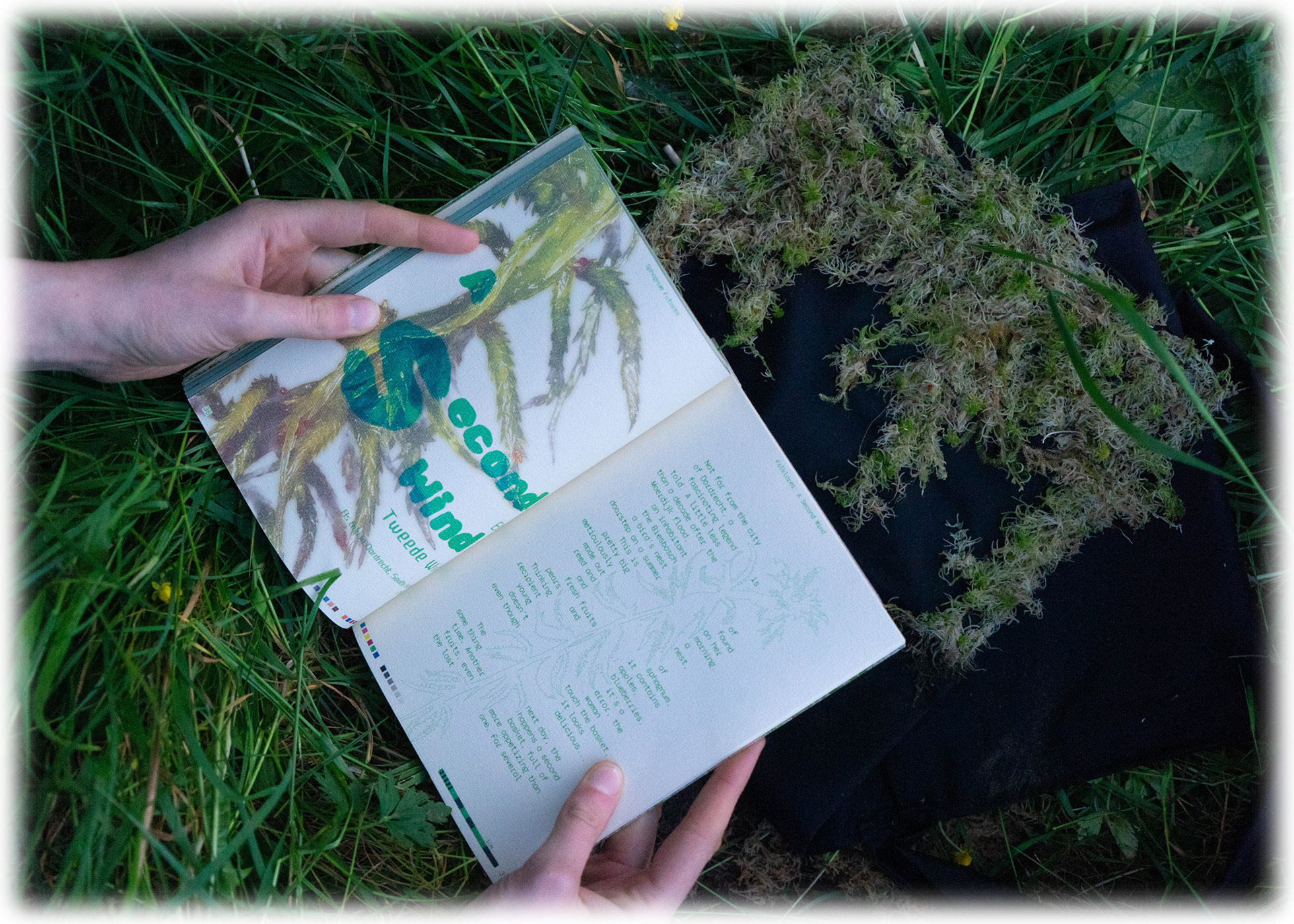
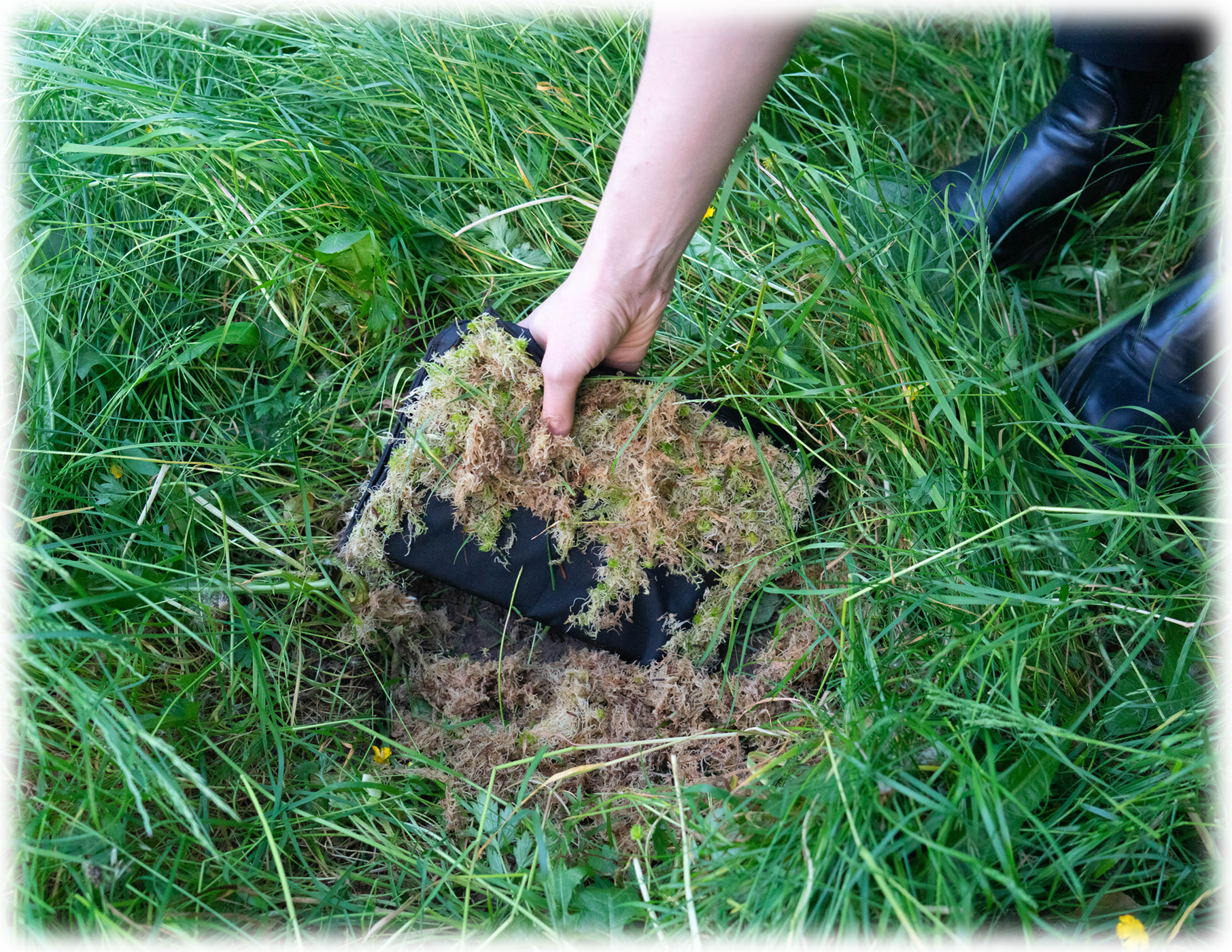

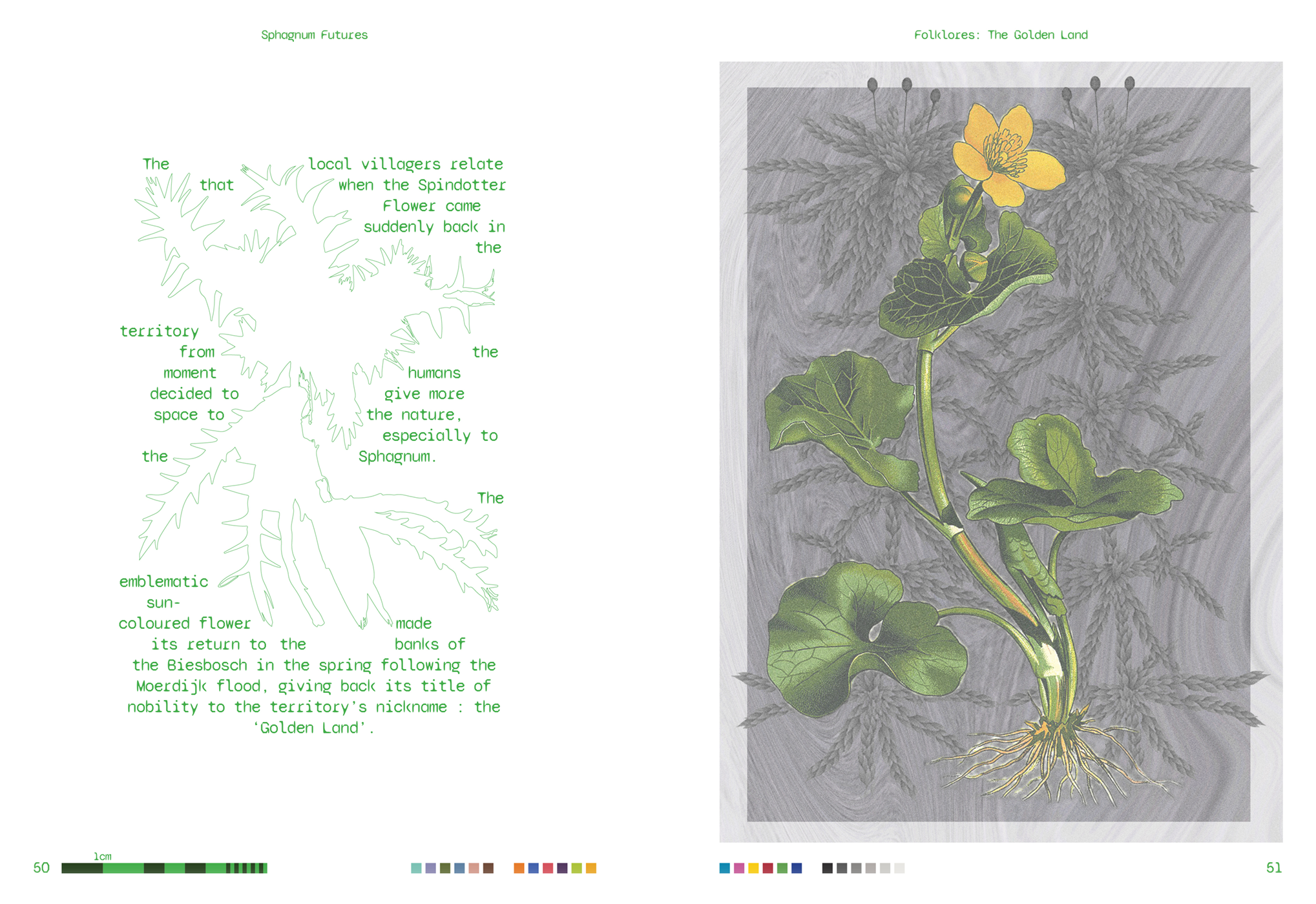
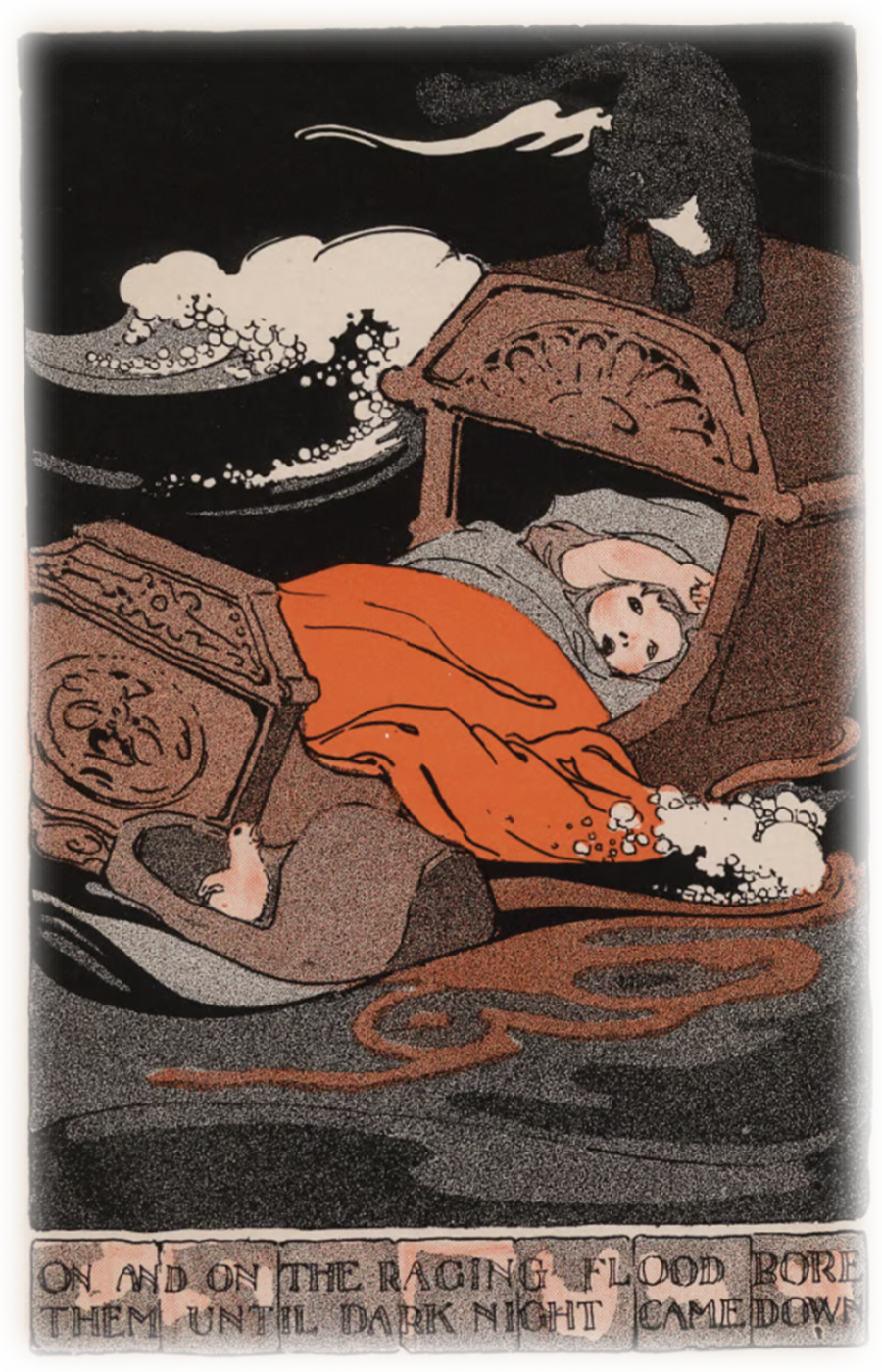
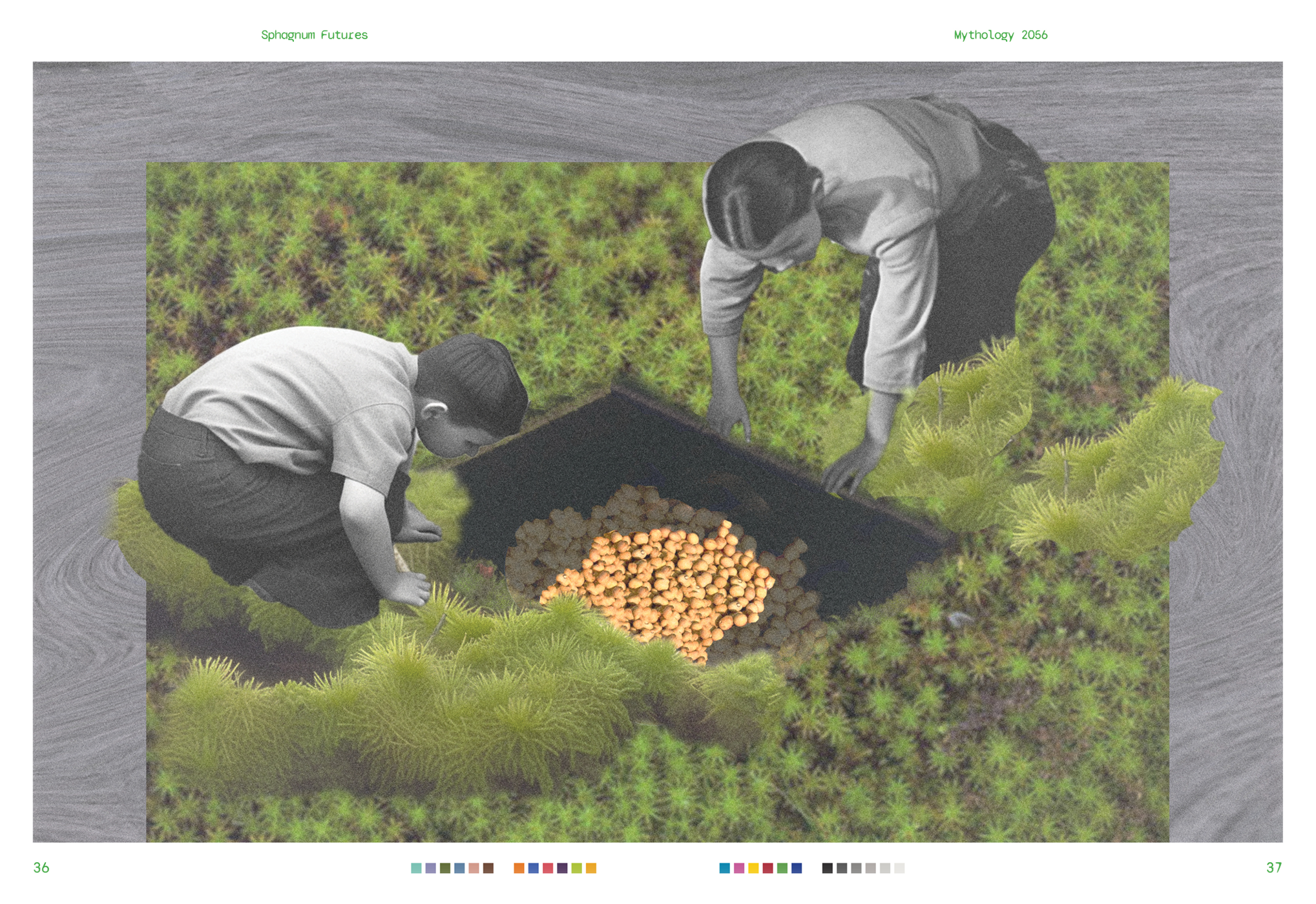
The question of thirst is multifaceted. We humans are quick to think of our own thirst – but what of the critters and microorganisms, the floras and faunas beyond us? And what about the metaphorical thirst of water itself? A thirst for space that is increasing as the globe warms and water levels rise.

Taking inspiration from Donna Haraway’s concept of the Chthulucene and the Dutch folk talke “The Cat and the Cradle”, our proposal aims to reframe the question of thirst through the use of hydro-fiction. We’ve selected the Dutch national park of the Biesbosch as the context for our project and we speculate on its future and the water-related issues it faces – from the high risk of floods caused by rising sea levels to the salinisation of its waters and soils. The efforts made to rewild the Biesbosch (cf Room for the River programme, 2006-2015) represent a concrete step forward in addressing water’s need for space but they maintain a clear divide between human and non-human entities. And at this point we can’t help but wonder whether this is the only viable relationship.

Going one step further, we ask ourselves if it’s possible to achieve an organic, mutualistic relationship between human and non-human beings that combines and takes both their thirsts into account. We employ a mythological framework as a way to share stories about this new, potential interspecies balance with Sphagnum peat moss as a protagonist – a plant that disappeared from the Biesbosch during the park’s industrialisation. Eradicated by centuries of soil drainage, this species has a series of unique peatland-regulating abilities, such as flood prevention, water filtration, and carbon farming. We aim to bring light to Sphagnum moss as the main actor in the future of the Biesbosch and place it at the intersection of each local entity’s needs.

Haraway argues for SF, as in Science Fact, or Science Fiction, or perhaps Speculative Fabulation. How about Sphagnum Futures?